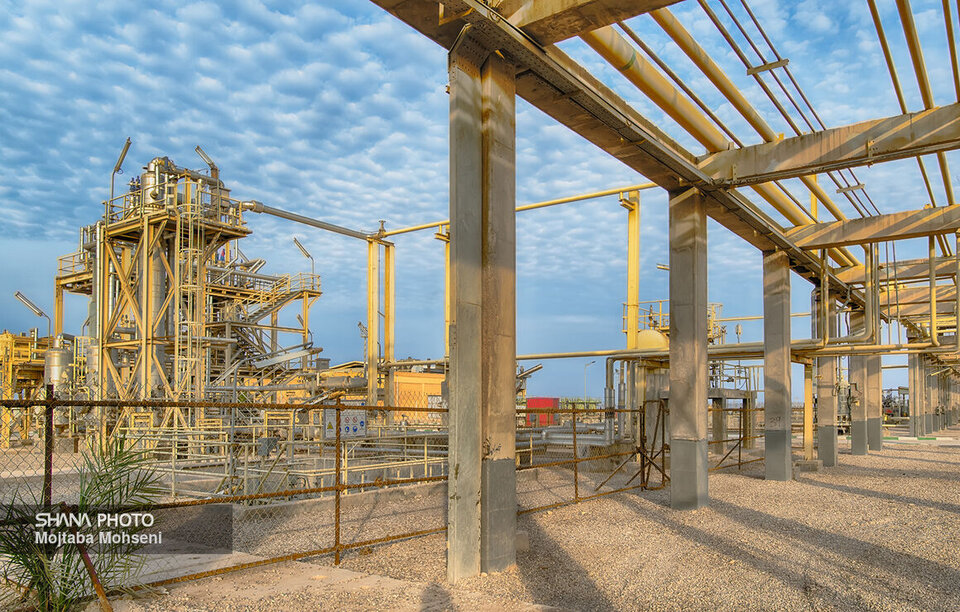Officials said crude output rose by more than 120,000 barrels per day over the past year under the 14th administration, while raw gas production reached an unprecedented 1.105 billion cubic meters in the winter of 2024. Authorities say the increases underscore the sector’s central role in stabilizing the nation’s economy.
The administration took office amid intensifying US sanctions, widening budget deficits, inflationary pressure and energy imbalances at home. Despite those challenges, the Oil Ministry reported higher production levels and new investment in key fields.
Oil production gains
Daily crude output grew by an average of 120,000 barrels compared with the start of the administration, with a peak increase of 180,000 barrels per day in May 2025. Officials said the rise came from development projects, maintenance programs and the completion of refinery supply networks.
Production was boosted by new wells and upgrades at fields including Cheshmeh Khosh, Dalpari, Paydar East, Darkhovin, Yadavaran and Azadegan. Additional output came from projects at Ahvaz, Bibi Hakimeh, Marun, Golkhari and Forouzan, among others. More expansion, including enhanced production contracts at fields such as Aban, Paydar West and Sohrab, is planned through 2025.
Record winter gas output
Last 2024, Iran recorded its highest-ever raw gas production at 1.105 billion cubic meters, about two-thirds of it from the giant South Pars field in the Persian Gulf. Officials attributed the milestone to shorter maintenance periods, new well drilling, rehabilitation of older wells and onshore and offshore expansion.
Average daily deliveries of refined gas to the national grid reached 776 million cubic meters between early 2024 and July 2025, 12 million more than the previous year. In February 2025, deliveries peaked at 870 million cubic meters a day, up 42 million from the year before.
Efforts included new wells at South Pars Phase 11, recovery work at Phase 13A and well acidizing across several phases. Gas flaring was also reduced through projects such as the Rag Sefid 1 recovery plan and the transfer of associated gas from the Azadegan field to the NGL 3200 facility.
Future plans
The Oil Ministry said upcoming projects include new production wells in South Pars Phases 13 and 18, expanded operations at the Day, Tous and Tang Bijar fields, and additional flare gas collection in East Karoun.
With an estimated 160 billion barrels of crude reserves and more than 34 trillion cubic meters of natural gas, Iran remains one of the world’s largest energy suppliers. Officials say the resources provide not just revenue, but also geopolitical leverage in regional diplomacy and national security.


Your Comment